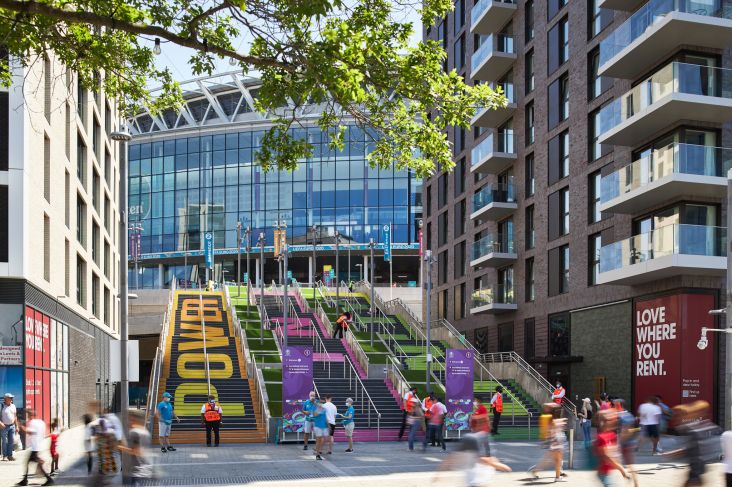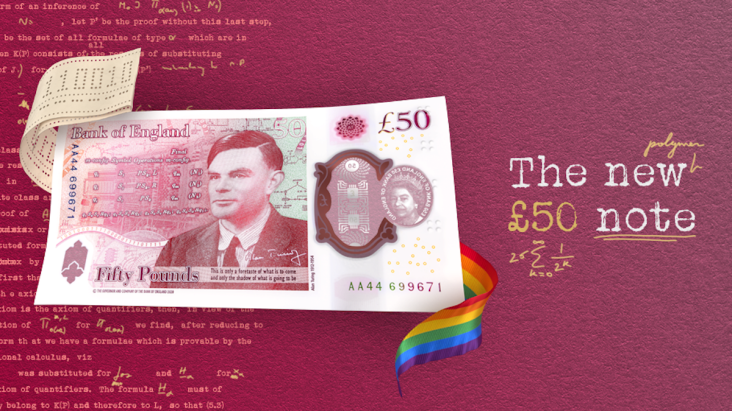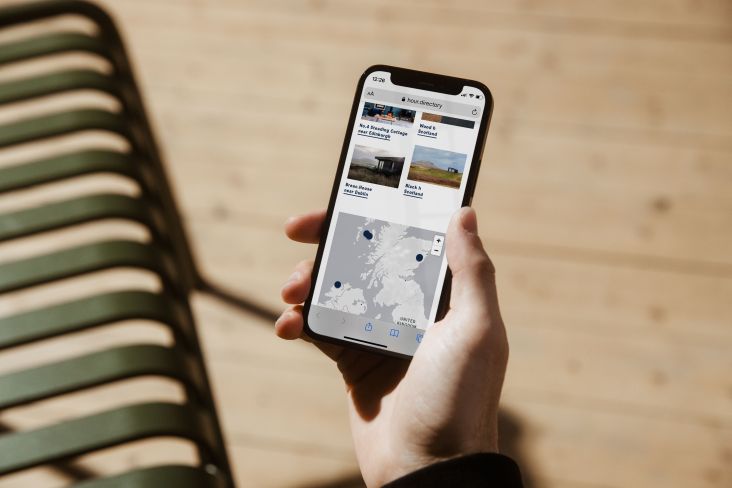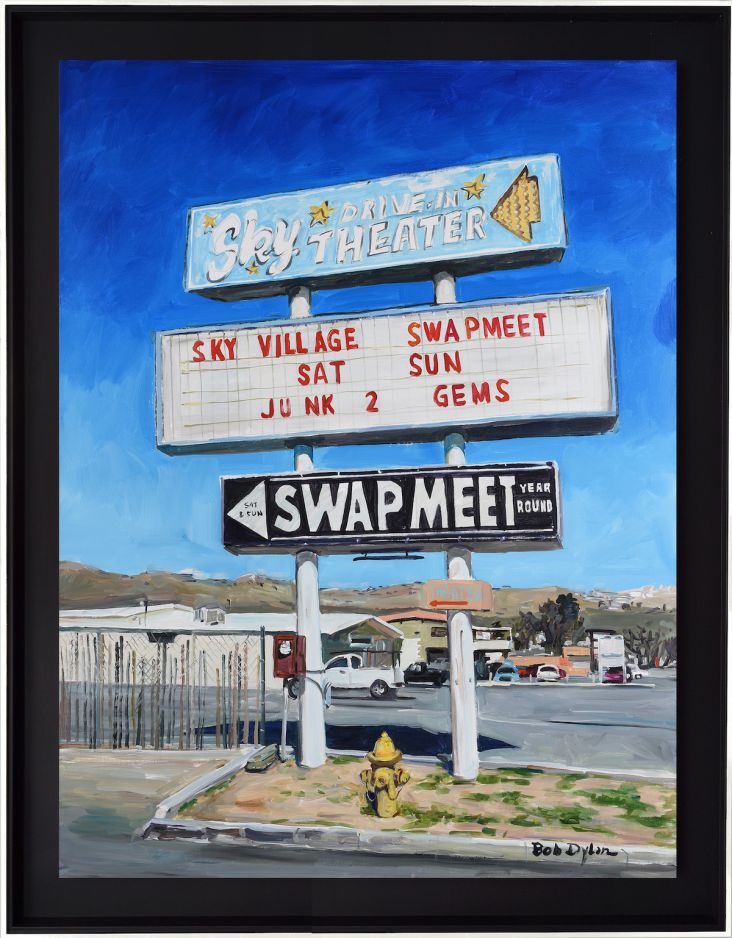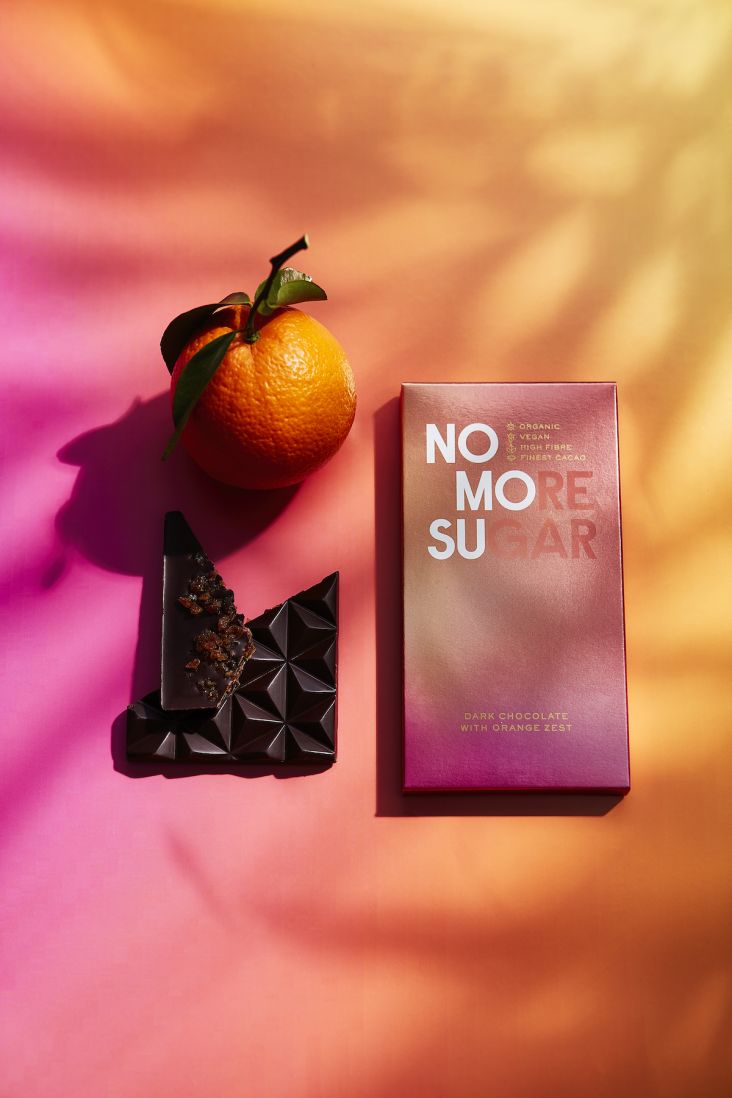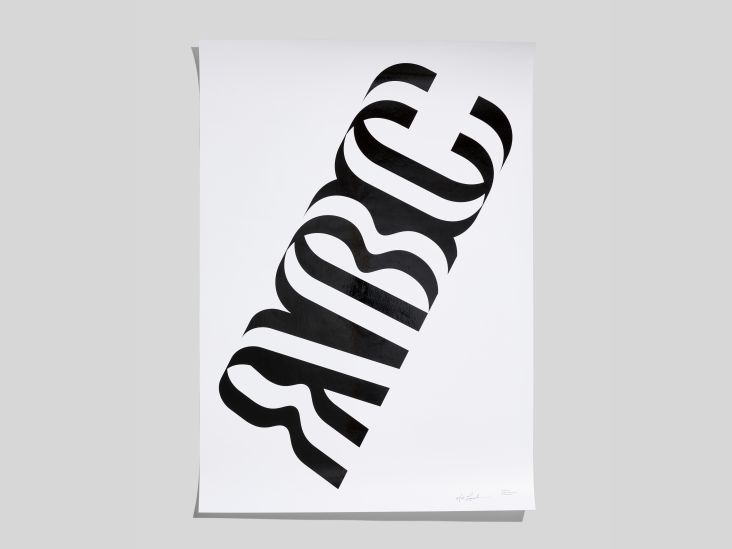Where are they now? We talk to past winners of the MullenLowe NOVA Awards
For the last decade, the MullenLowe NOVA Awards has focused on some of the most outstanding emerging talents in the creative industries.
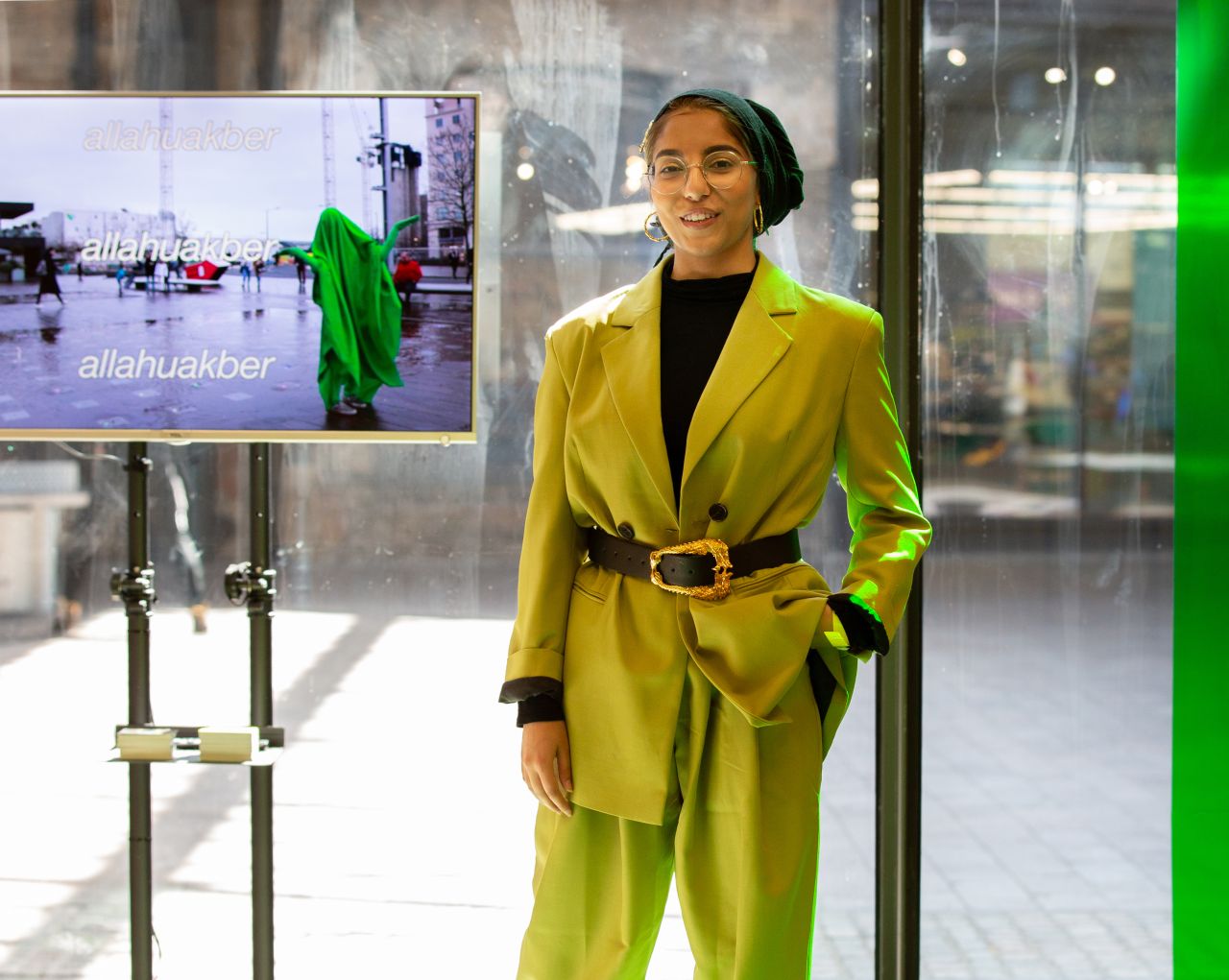
Sara Gulamali
Winners are selected from the final degree shows at Central Saint Martins, covering courses across art, design, fashion and performance. From 1,300 graduating students, 14 are shortlisted, with just six awards presented to students whose work represents truly original creative thinking and execution.
But what impact can winning a MullenLowe NOVA Award have on your career? We caught up with some past winners of this prestigious award to find out.
Smashing stereotypes
In 2020, the Unilever #Unstereotype Award went to Jahnavi Inniss for her project, 'Representation'. This project explored the role of both designers and curators in influencing attitudes towards underrepresented groups.
"For this, I undertook an in-depth investigation into the different methods of creating visibility and representation for Black British history," says Jahnavi. "I noticed frequent silent gaps in the timeline of Black British History and adapted the cultural technique of quilting to give visibility to the many unrecognised black people that contributed to British society during the 17th and 19th centuries."
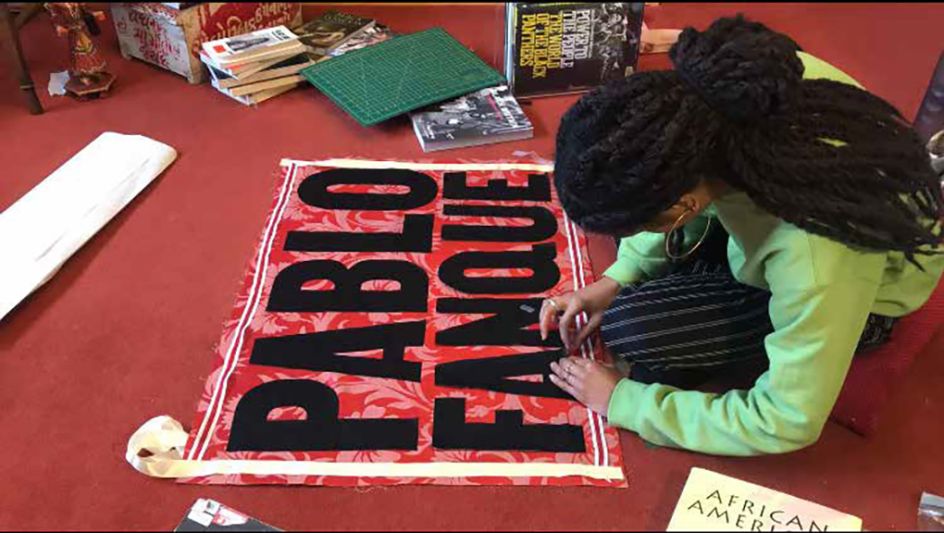
Jahnavi Inniss
She aimed to dismantle the 'single story', which suggests that black people only arrived in Britain in the late 1940s during the Windrush period.
Career booster
As she was creating her five-metre-long quilt, she made an accompanying online directory where the audience could discover the stories of the people featured on the quilt whilst submitting others they felt deserved recognition. "I decided not to hem the fabric," she adds, "as the quilt remains incomplete, symbolising the many people that are yet to be discovered and added."
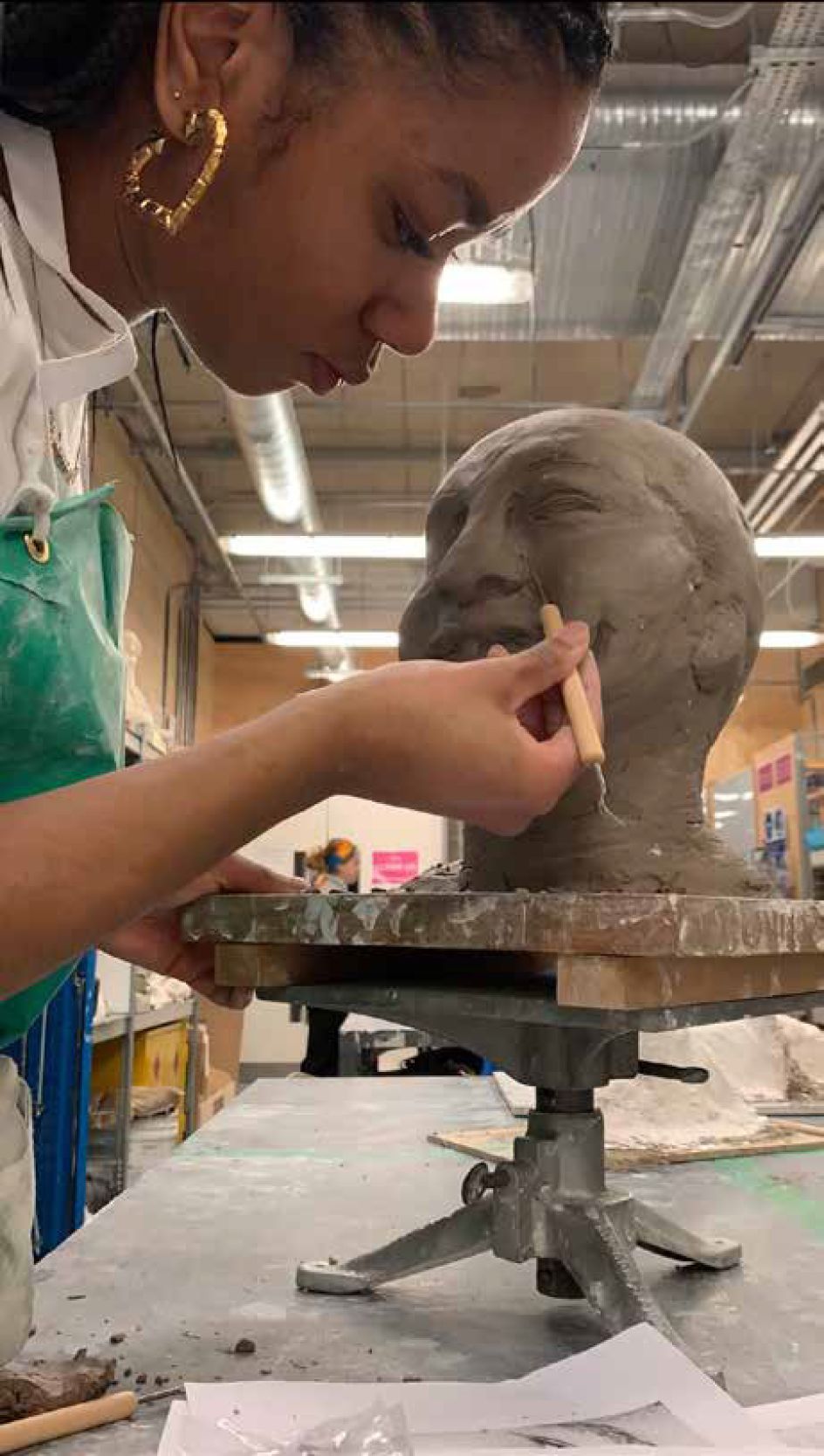
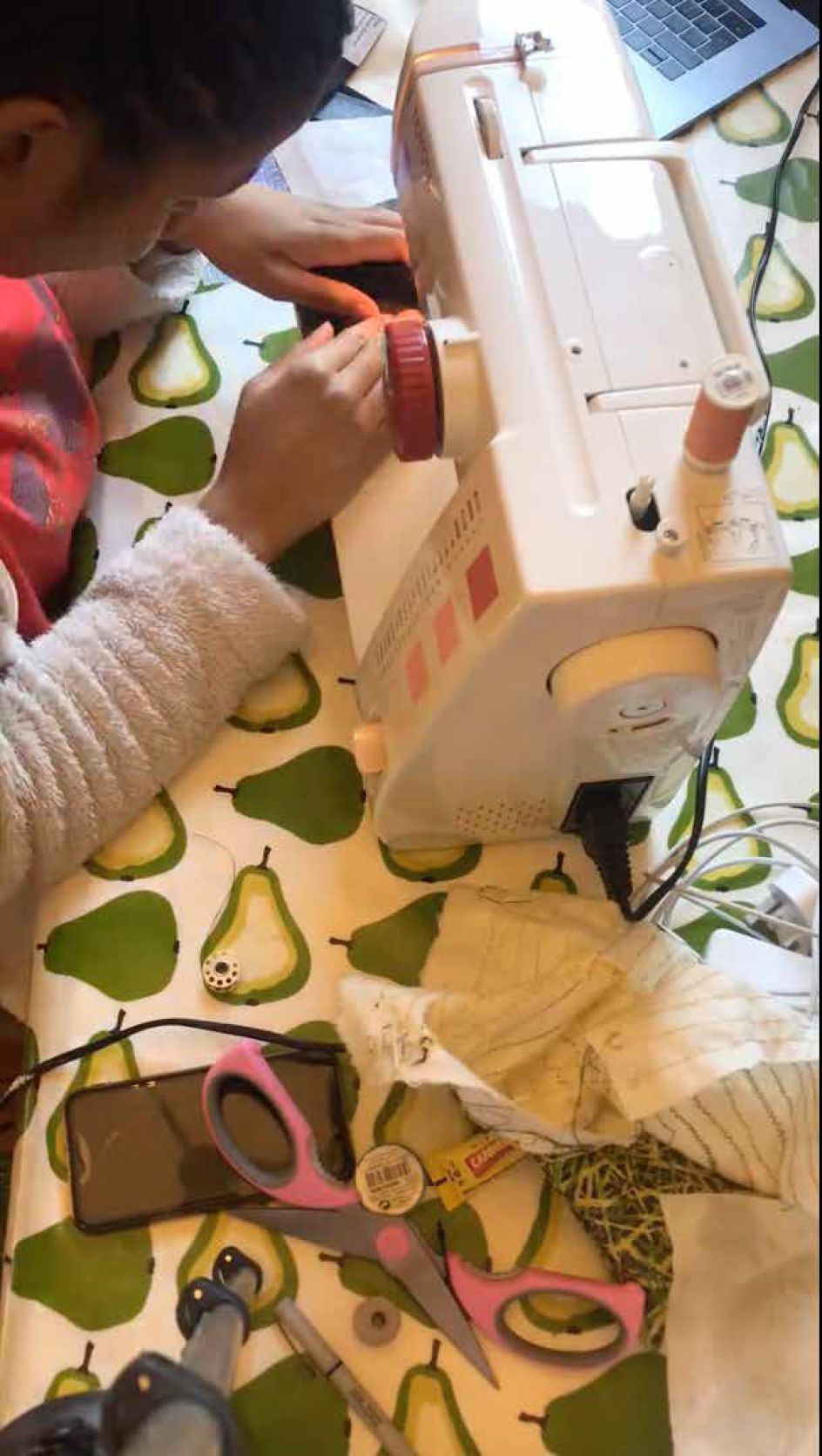
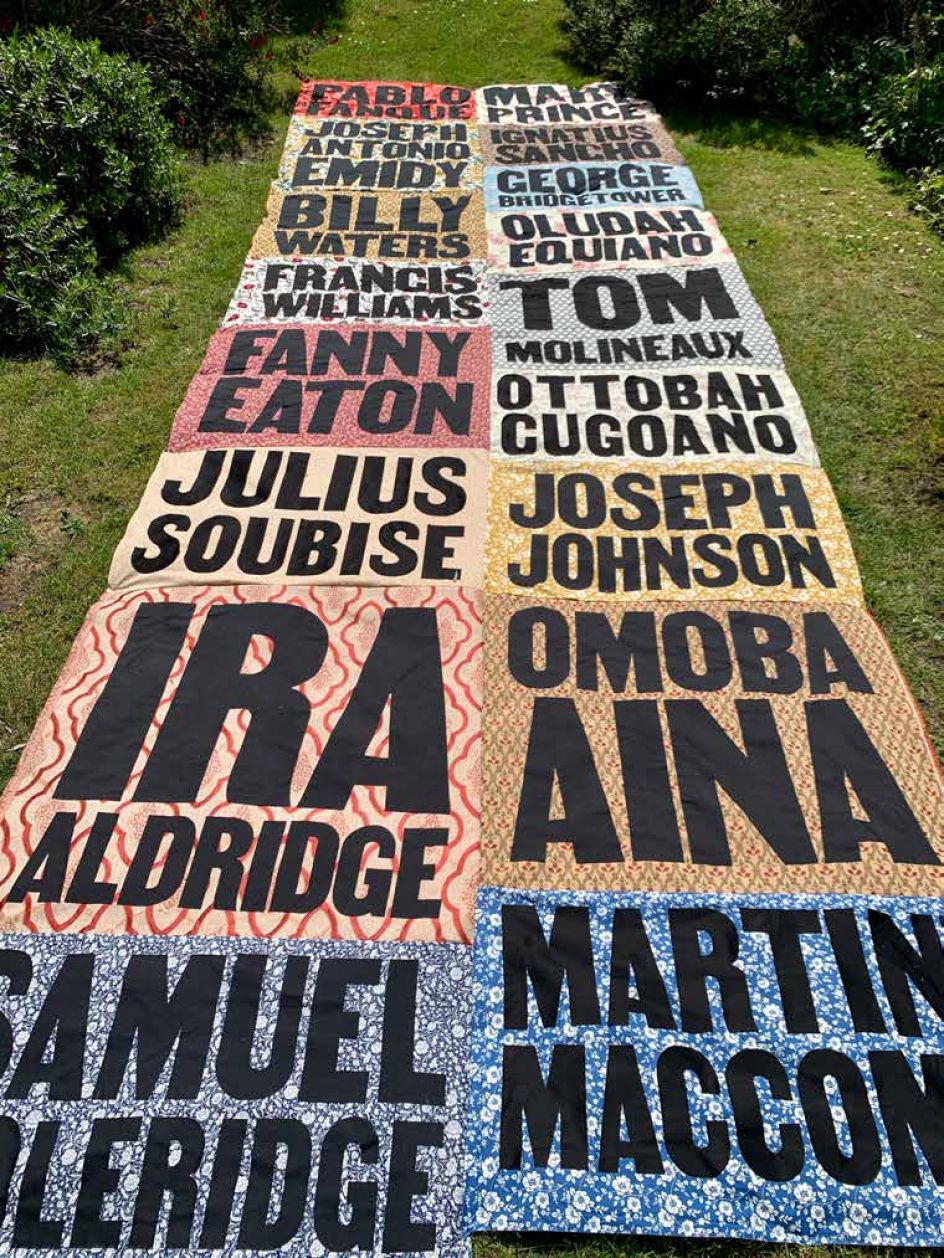
Being recognised with a MullenLowe NOVA Award gave a welcome boost to her career, Jahnavi says. "After winning the award, my piece generated many enthusiastic reviews. And I've been contacted by many people who encouraged me to continue telling stories celebrating the existence of black people in Britain. I also transformed the physical quilt into a digital design, which was featured on billboards across London."
As well as designing work, Jahnavi has been working as a future producer at Somerset House. "I worked alongside my co-producers to create the concept for the online, digital experience 'Decentralise' – an online, accessible, and interactive experience which aims to challenge the lack of wider cultural histories in the UK's national archives," she says. "I've also been working as a freelance graphic designer and have designed a couple of book covers for Penguin, including Emma Dabiri's 'What White People Can Do Next' book cover."
She adds that her practice has become a lot more multi-disciplinary. "Whilst I still design and create work, I've also been working on creating concepts for public events and exhibitions which seek to engage underrepresented communities in the cultural arts and heritage sector."
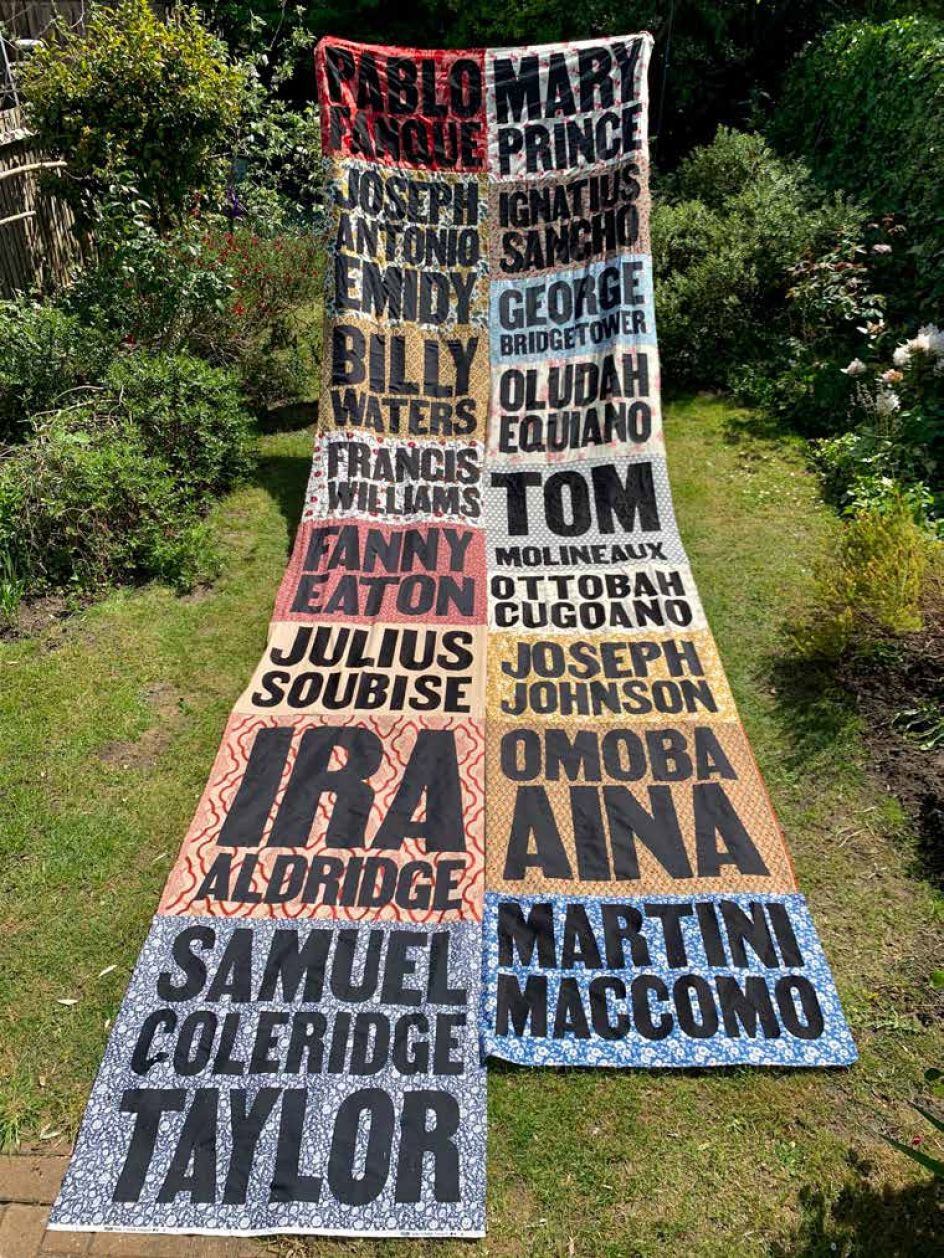
Exploring otherness
Sara Gulamali won the Unilever #Unstereotype Award back in 2019. Taking inspiration from her identity as a Muslim woman and the feeling that she's not represented anywhere, Sara's project, 'Can You See Me, Still?' followed a being that represented the 'othered body'.
The being couldn't be identified by race, religion, gender, or sexuality. And thus, the project explored the notion of performing a version of the self to break away from outdated stereotypes.
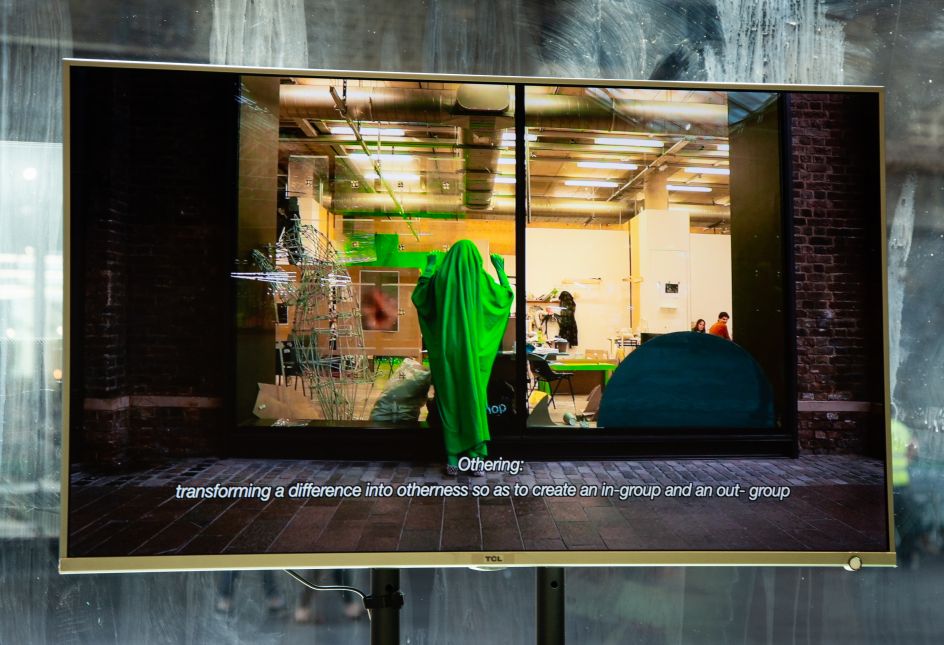
It's a piece that still means a lot to her today. "The beautiful thing about 'Can You See Me Still?' was that the themes discussed within the work still resonate, no matter how much time has passed," she says.
Seeing both sides
Since winning a MullenLowe NOVA Award, Sara has relocated to Vancouver, Canada. "I'm now working to sell emerging and blue-chip artwork to collectors and art enthusiasts worldwide at an art advisory firm," she says. "It's quite a departure for a practising artist such as myself, but it's amazing to learn more about the market in which we all function."
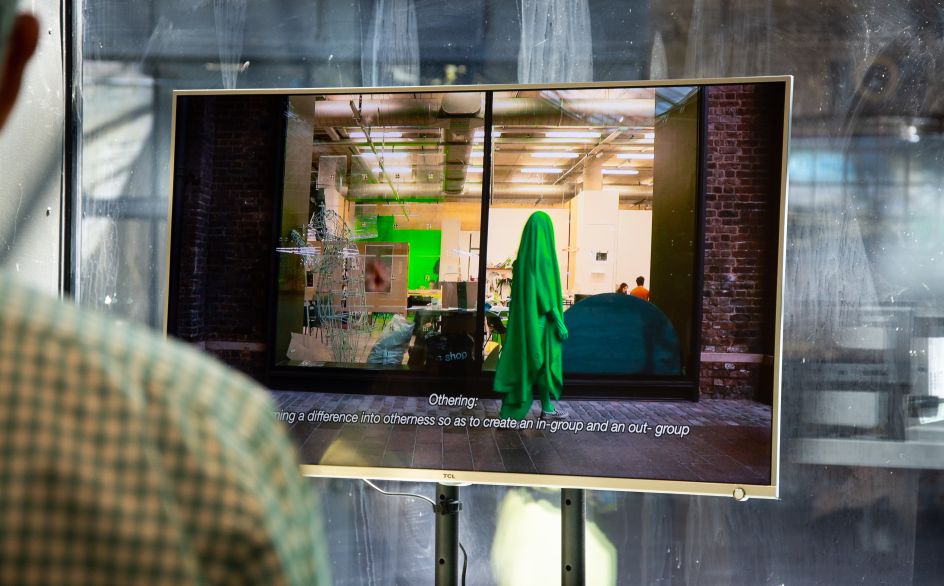
Understanding the relationships between the collector and the artist on both sides has been very insightful for her, she explains. "Being able to introduce many collectors to the amazing work of emerging British artists, many of whom graduated alongside me at Central Saint Martins, has been a real pleasure."
Meanwhile, much of her artistic practice is now geared towards the community-based projects she pursues within the collective @muslimsisterhood.
"Many of the themes and struggles I explored in my work, we actively try and tackle with Muslim Sisterhood; by creating inclusive events, workshops and campaigns which really acknowledge and speak to a Muslim audience authentically," she says. "In the last few years since graduating, Muslim Sisterhood has been featured in Vogue, worked with brands such as Daily Paper and Nike, launched our own merchandise, and built a large online following."


















